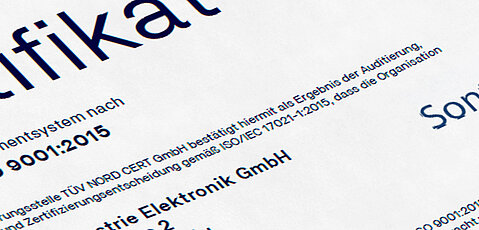LIN – Local Interconnect Network
The Local Interconnect Network (LIN) bus system was developed by the LIN consortium until 2010. It comprises the physical layer, the bus protocol, the interface to the application and a uniform format for describing an entire LIN. The achieved status 2.2A of the specification was transferred to ISO and published as ISO standard 17987-1, Road vehicles – Local interconnect network (LIN) – Part 1–8.
The serial communication system is very cost effective to connect sensors and actuators in vehicle networks as subsystem to existing bus systems. LIN is mainly used where the bandwidth of CAN is not needed. Classical applications are the networking of doors or seats within the vehicle.
Function
A LIN consists of a master and one or more slaves. The number of slaves is normally limited to 16. A master is typically a microcontroller that connects the local interconnect network to the CAN fieldbus as a bridge. The master determines the chronological order of all messages on the LIN. To do this, it sends the message start via the so-called header. This contains an identifier that addresses a row in the configuration table.
The table defines which subscriber should send the data part of the message of up to eight bytes in size. It also describes what the data is and which subscriber should read the message. Each slave must save the part of the table that is relevant for him. A dynamic change of the configuration during operation (plug and play) is not intended. Design tools for the configuration table ensure that no collisions occur during operation.
